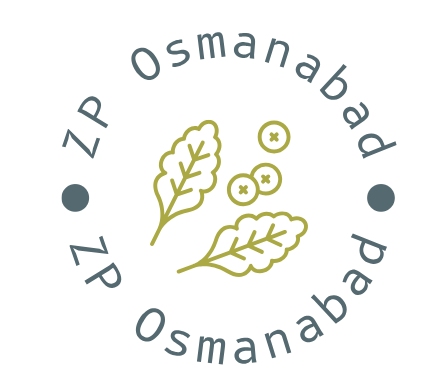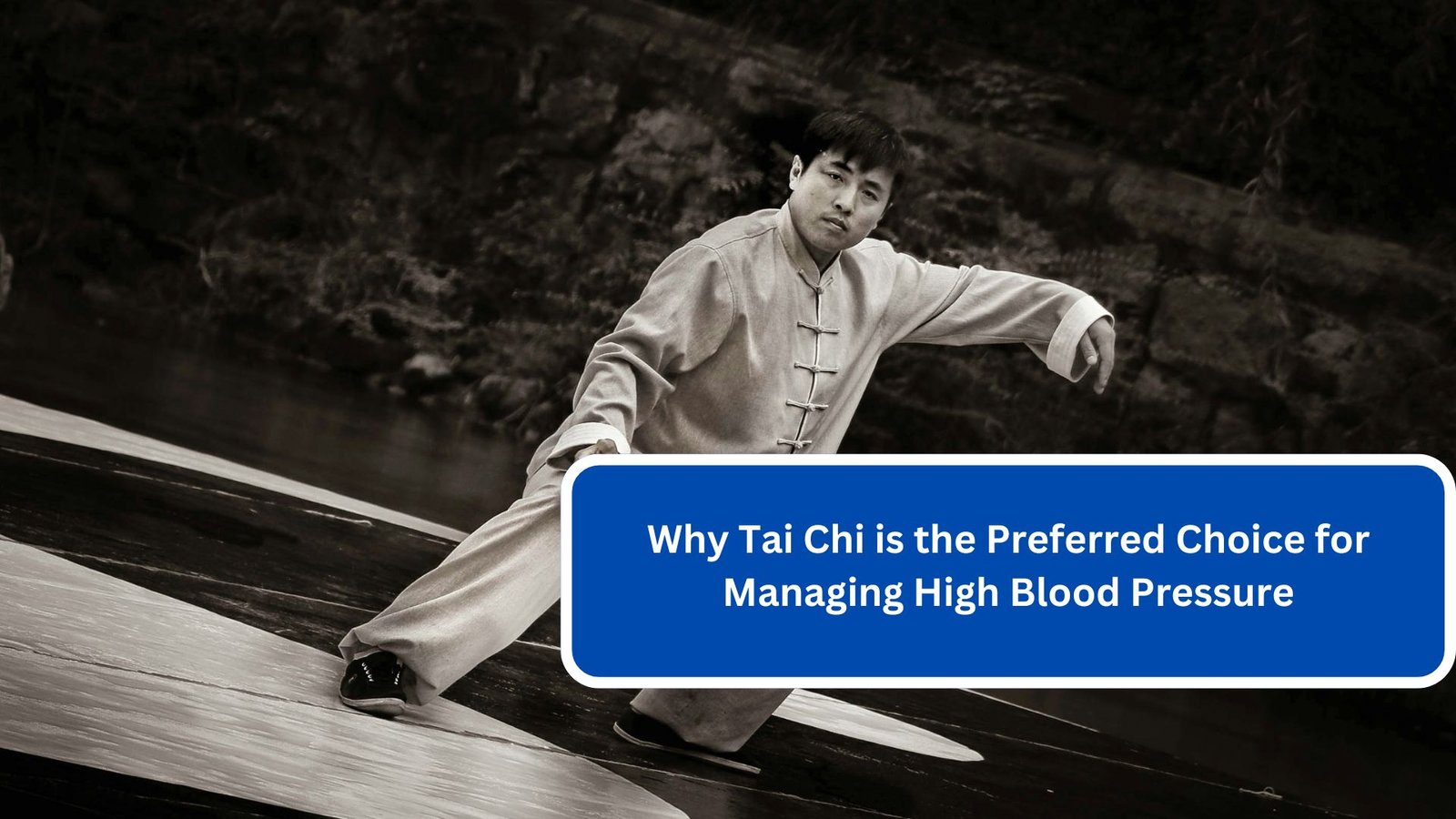High blood pressure, or hypertension, is a significant health concern that affects millions worldwide. It can lead to severe complications, including heart disease, stroke, and kidney failure. While various treatment options exist, including medication and lifestyle changes, many individuals are turning to alternative methods for managing their blood pressure. Among these, Tai Chi stands out as a preferred choice due to its unique combination of physical activity, mindfulness, and relaxation. This article explores why Tai Chi is particularly effective for managing high blood pressure, its benefits, and how it compares to other forms of exercise.
Understanding Hypertension
Hypertension occurs when the force of blood against the walls of the arteries is consistently too high. Common risk factors include:
- Age: Blood pressure tends to rise as people get older.
- Genetics: A family history of hypertension increases risk.
- Diet: High sodium intake, low potassium, and excessive alcohol can contribute.
- Lifestyle: Physical inactivity, obesity, and stress play significant roles.
The Importance of Blood Pressure Management
Controlling blood pressure is vital for overall health. Effective management reduces the risk of heart attacks, strokes, and other cardiovascular issues. Lifestyle modifications, particularly physical exercise, play a crucial role in blood pressure management.
The Benefits of Tai Chi
1. Mind-Body Connection
Tai Chi, a traditional Chinese martial art, is often described as “meditation in motion.” It emphasizes deep breathing, slow movements, and mental focus. This mind-body connection helps practitioners achieve a state of relaxation and calmness, which can significantly impact blood pressure levels. Stress is a known contributor to hypertension; therefore, reducing stress through Tai Chi can lead to lower blood pressure.
2. Gentle, Low-Impact Exercise
Tai Chi is characterized by its gentle, flowing movements that can be practiced by people of all ages and fitness levels. Unlike high-impact aerobic exercises, Tai Chi poses minimal risk of injury, making it an excellent option for older adults or those with physical limitations. The low-impact nature of Tai Chi helps improve circulation, enhances flexibility, and promotes overall cardiovascular health without the strain associated with more vigorous forms of exercise.
3. Improved Balance and Coordination
Regular practice of Tai Chi can enhance balance and coordination, reducing the risk of falls and injuries, especially in older adults. Improved balance can also lead to increased physical activity levels, which further contribute to better blood pressure control.
4. Enhanced Respiratory Function
Tai Chi emphasizes deep, controlled breathing, which improves lung capacity and oxygenation. Better respiratory function contributes to relaxation and can help lower blood pressure. The practice encourages diaphragmatic breathing, which activates the parasympathetic nervous system, promoting a state of calm.
5. Community and Social Support
Many people practice Tai Chi in groups, fostering a sense of community and social support. Engaging in physical activity with others can enhance motivation and adherence to exercise routines, making it easier to maintain a consistent practice. The social aspect of Tai Chi can also reduce feelings of isolation, which is beneficial for mental health and overall well-being.
Scientific Evidence Supporting Tai Chi for Hypertension
Numerous studies have investigated the effects of Tai Chi on blood pressure, with many showing promising results. Key findings include:
- Clinical Trials: Research indicates that regular Tai Chi practice can lead to significant reductions in both systolic and diastolic blood pressure, often comparable to those achieved through traditional aerobic exercise.
- Meta-Analyses: Reviews of multiple studies have concluded that Tai Chi is effective in reducing blood pressure and improving overall cardiovascular health in individuals with hypertension.
- Long-Term Effects: Studies suggest that the benefits of Tai Chi for blood pressure control may be sustained even after participants reduce the frequency of practice, highlighting the lasting impact of this mind-body approach.
Comparison with Other Exercise Forms
While traditional aerobic exercises, such as running or cycling, are well-known for their cardiovascular benefits, Tai Chi offers distinct advantages for those managing hypertension:
- Intensity and Accessibility: Aerobic exercises often require a certain level of fitness and may be challenging for some individuals, particularly older adults or those with chronic health issues. In contrast, Tai Chi is gentle and can be adapted to suit varying levels of fitness and mobility.
- Psychological Benefits: While aerobic exercise can also reduce stress and improve mood, Tai Chi places a stronger emphasis on relaxation and mindfulness. This focus can lead to a deeper sense of tranquility and emotional well-being, essential for managing hypertension.
- Sustainability: Maintaining an aerobic exercise routine can be difficult for some, especially if they experience fatigue or injury. Tai Chi’s low-impact nature encourages longevity in practice, making it a sustainable choice for lifelong health.
Getting Started with Tai Chi
For those interested in incorporating Tai Chi into their lifestyle for blood pressure management, here are some steps to consider:
- Find a Class: Look for local Tai Chi classes or instructors. Many community centers and fitness studios offer beginner-friendly sessions.
- Online Resources: Numerous online platforms offer instructional videos and guided sessions, making Tai Chi accessible from home.
- Start Slow: Begin with short sessions, gradually increasing the duration as comfort and confidence grow.
- Consistency is Key: Aim for regular practice, ideally several times a week, to maximize benefits.
- Listen to Your Body: Pay attention to how your body responds to the movements. Tai Chi should feel comfortable and enjoyable.
Conclusion
Tai Chi is emerging as a preferred choice for managing high blood pressure due to its unique blend of physical activity, relaxation, and mindfulness. Its low-impact nature, coupled with significant mental health benefits, makes it an accessible and sustainable exercise option for individuals of all ages. As research continues to support the effectiveness of Tai Chi in lowering blood pressure, incorporating this ancient practice into a holistic approach to hypertension management is increasingly appealing.
For those seeking to control their blood pressure naturally, Tai Chi offers a promising solution that goes beyond traditional exercise, emphasizing the importance of mind-body connection and overall well-being. As individuals strive for better health, Tai Chi stands out as a gentle yet powerful tool for achieving lasting results in blood pressure control.

